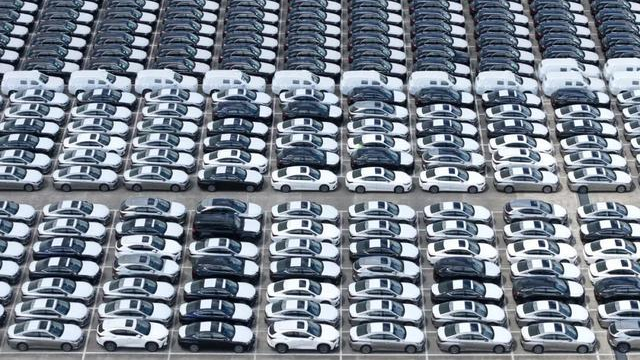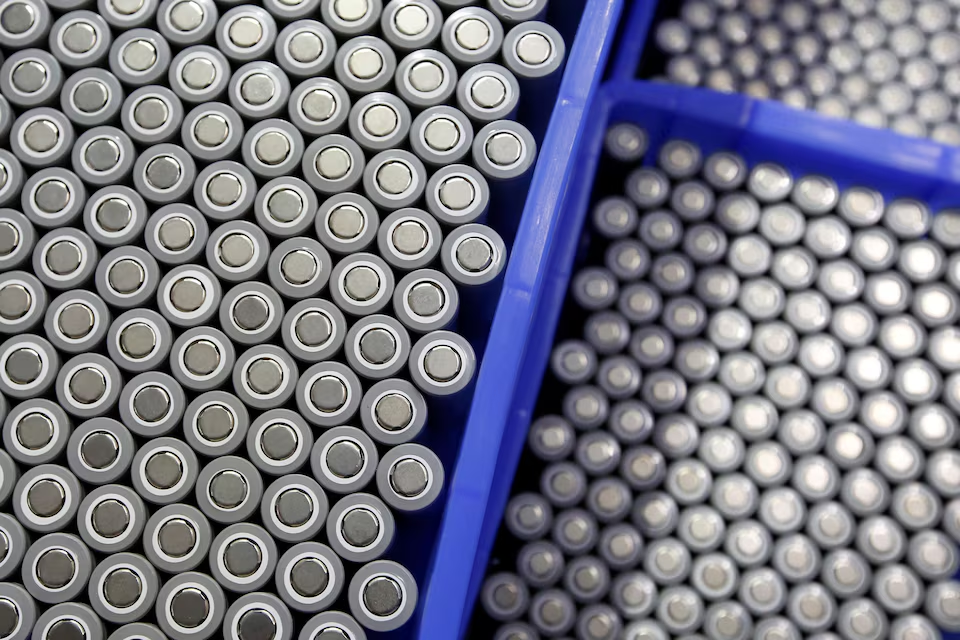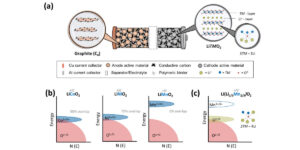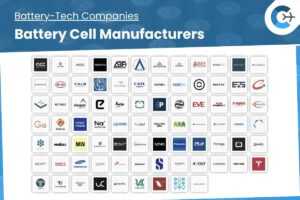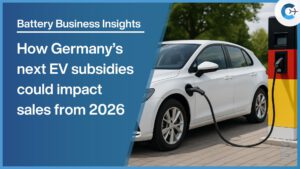On October 22, the China Society of Automotive Engineers (CSAE) released its “Energy-Saving and New Energy Vehicle Technology Roadmap 3.0,” outlining a strategy for China’s automotive sector through 2040. Building on earlier versions issued in 2016 and 2020, the latest roadmap emphasizes global competitiveness, sustainability, and the integration of intelligent connected technologies.
Key environmental targets include peaking total automotive carbon emissions by 2028—ahead of national commitments—and reducing emissions by more than 60 percent from that peak by 2040. At the same time, the roadmap calls for a transportation system dominated by intelligent, connected new energy vehicles, with ambitions to achieve “zero accidents, zero casualties, and high efficiency.”
The CSAE projects that new energy vehicles will account for over 80 percent of passenger‐vehicle sales by 2040, accelerating the industry’s transition to full electrification. Battery electric vehicles are expected to represent roughly 80 percent of that segment. Commercial applications will also expand beyond current urban and short-distance routes to medium and long-haul services.
On autonomy, the roadmap anticipates that Level 4 autonomous vehicles will be fully popularized by 2040, supported by a mature “vehicle-road-cloud” infrastructure ecosystem. Level 5 systems are forecast to begin entering the market at that time, complemented by continuously improving networked collaboration and safety standards.
Technological milestones in the document reaffirm the ongoing role of internal combustion engines. By 2035, all traditional passenger vehicles are to be hybridized, and by 2040, hybrid, plug-in hybrid, and extended-range models are expected to comprise about one-third of new sales. The roadmap also introduces a grading methodology for intelligent manufacturing, aiming for data-driven, closed‐loop processes that integrate research, production, supply, sales, and service.
Looking further ahead, the CSAE anticipates the small-scale application of solid-state batteries by 2030, with broader global adoption by 2035. By then, performance improvements, cost reductions, and enhanced environmental adaptability are expected to align with consumer needs.
Source: Car News China

